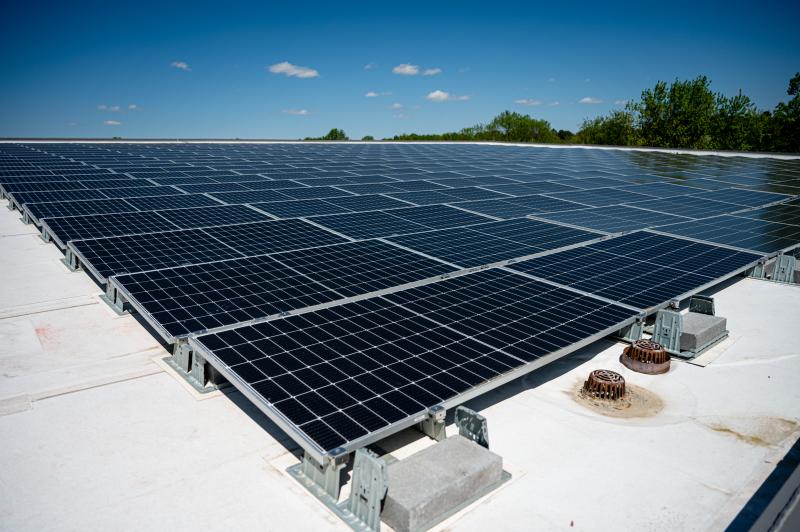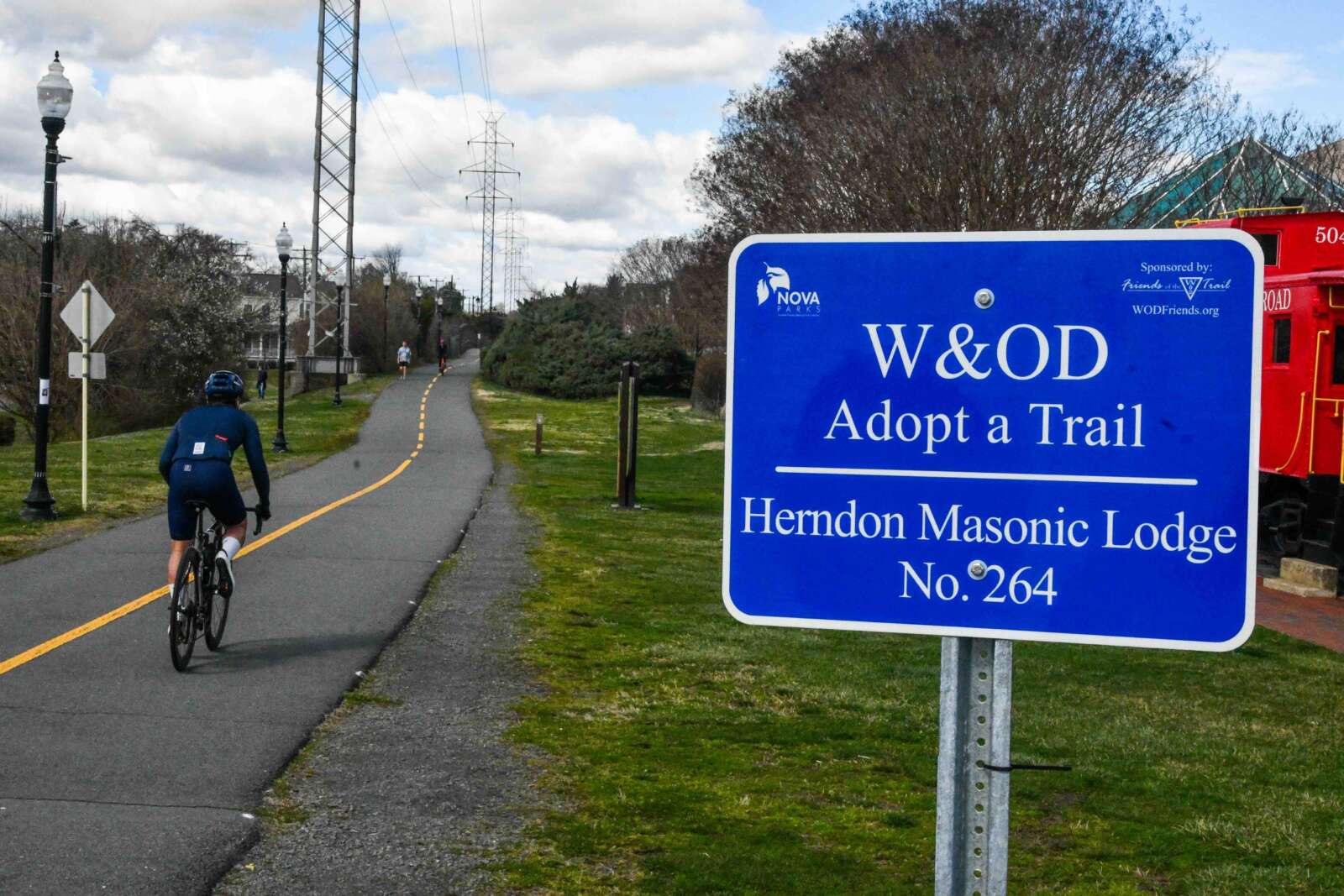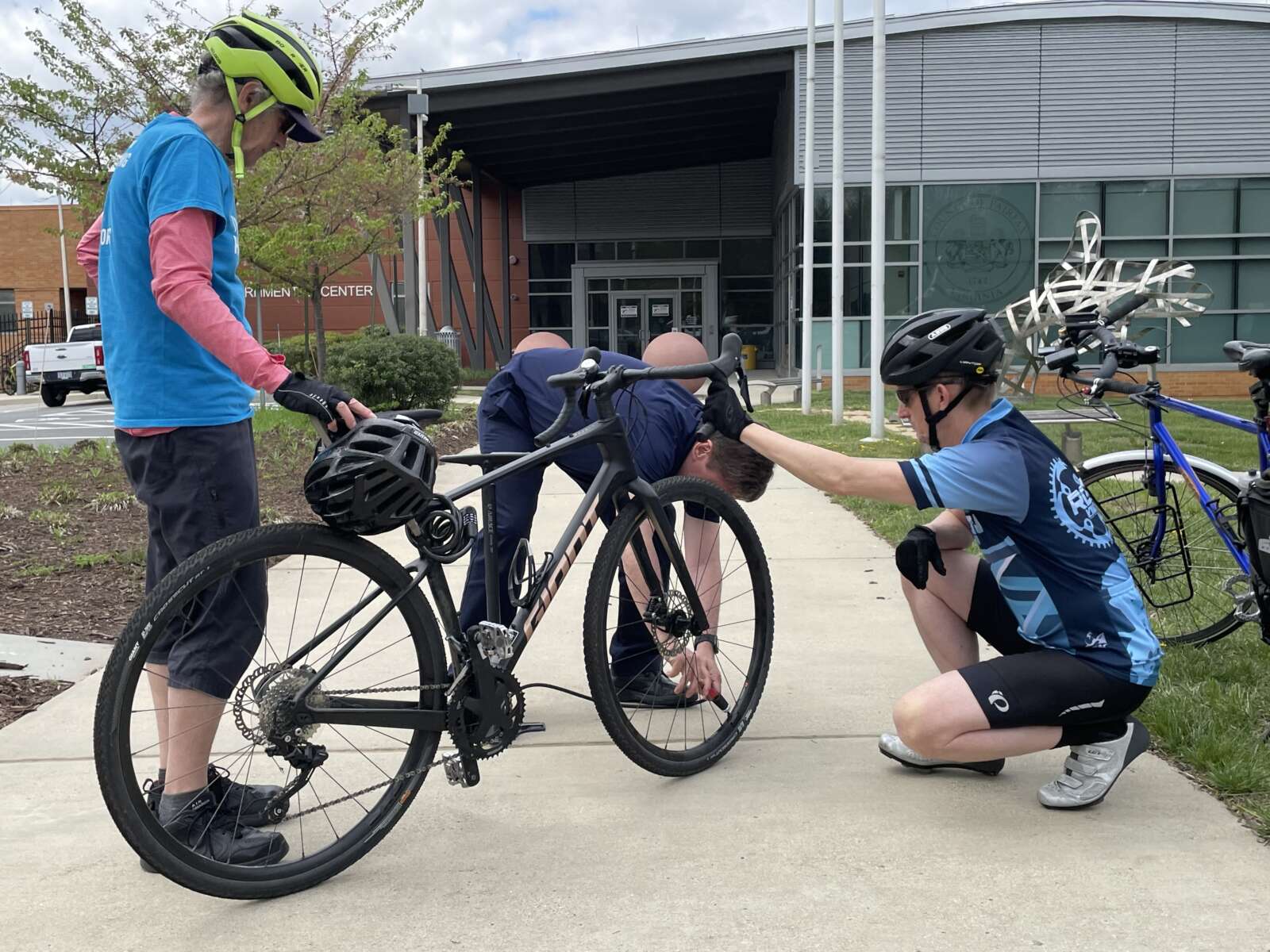There was a lot of heavy sighs and reluctant head shaking from Virginia Department of Transportation (VDOT) staff at their meeting last night to discuss the bicycle trail planned for I-66, the subject of a fair bit of controversy over the years.
There are 22.5 miles of multimodal improvements planned for I-66, from Gallows Road in Vienna to Centreville. Preliminary construction activity started in December 2017, but Susan Shaw, megaprojects director for VDOT, said construction was about to increase at a noticeable pace.
“We’re at the very beginning of four heavy construction seasons,” said Shaw. “This year, ramping up over what we’ve done in the past.”
Unlike other transportation projects, which start at one end and work towards the other, staff said construction will be occurring at several locations along I-66 simultaneously.
As part of the new improvements, a bicycle trail is planned to run along most of the length of the trail, though Shaw said there were no milestones laid out for the trail’s construction.
“When it’s being constructed, the staging and some of the details are yet to be worked out,” Shaw said. “In terms of the contract, there are no requirements except to have [the trail] in place by the end.”
The packed meeting was held in the Providence Community Center (3001 Vaden Drive) and was hosted by the Fairfax Alliance for Better Bicycling (FABB). The group of local bicycling advocates is small enough that nearly everyone in the room, from county staff to hardline cycling advocates, knew each other on a first-name basis. More than a few had been on both sides of the public/policy maker divide over the years.
The project attracted some controversy over whether the trail would be located inside or outside the highway’s noise walls, and some of the bicycling advocates grilled VDOT staff over the decision to put the bicycle trail inside the sound wall, separated from the street by a 50-inch high barrier. As someone in the audience brought the argument up again that the trail should be outside the sound barrier, there was a long pause and sigh before Shaw answered.
“People are very concerned, sound or not, that suddenly anybody can be in their back yard,” said Shaw. “It was a compromise to come up to this, but it was a way that we could get the bike trail accomplished. There were many options discussed, but we’re kind of past that now and moving on.”
Along most of the route, the trail will be at a separate elevation from the main street, though the length along the side of the highway between the Dunn Loring and Vienna Metro stations will be at-grade. For most of the trail, there is also an auxiliary lane and full shoulder separating the trail from the street, though it’s narrower in some parts.
“I know that’s not ideal for a pleasant bike-riding experience, but that’s the longest segment like that,” Shaw said. “But there, we’d be taking bits of backyards off of homes in that neighborhoods.”
While VDOT is handling construction for most of the trail, the Fairfax County Park Authority is handling construction where the trail goes through park land and the Fairfax County Department of Transportation (FCDOT) is handling the stretches of trail where it diverges from I-66.
“There are places where it isn’t physically possible to keep the trail along I-66, so we’ve developed areas called off-corridor pieces,” said Chris Wells, bicycle and pedestrian program manager for FCDOT.
Construction on the off-corridor trails are, in part, funded by developer contributions from projects under construction in Tysons.
One of those areas will be near the Vienna Metro station, where a new shared-use path will take the place of the southernmost lane from the street north of the station. Wells said construction will begin on the off-corridor projects this year with the intent of delivering them around the same time as the other I-66 improvements.
At the western end of the improvements, the trail stops at the entrance to Bull Run Regional Park. Shaw said no funds were identified for the project past that, where the trail also faces complications surrounding environmental and park-related issues with continuing into the battlefield.
Among other concerns raised about the bicycle trail, the trail will not connect directly with the Washington and Old Dominion Trail. Cyclists were happy to hear, though, that new bridges at the Dunn Loring and Vienna Metro stations will help make the trail accessible from the Metro.
Amenities related to the trail were also rather sparse, with no additional lighting planned except where the trail goes through underpasses or culverts under roadways.
One of the biggest topics of consternation was Shaw’s response to inquiries about snow removal on the trail.
“That’s not in our plan,” Shaw said, and when pressed about what will happen to snow piling up on the trail, she shrugged and answered, “It will melt.”
Cindy Engelhart, Northern Virginia district bicycle and pedestrian coordinator for VDOT, said the organization’s policy since 2004 has been that it does not handle snow removal. While Arlington County removes snow from the Custis Trail, Fairfax County currently has no policy regarding its bicycle trails.
“Under a maintenance agreement, we could explore that possibility,” said Engelhart. “If Fairfax County wanted to do something like that, I’m sure we would be interested in talking.”
“It’s easy to notice the compromises and the things that aren’t perfect, like snow removal, but in the end we’re getting a cross-county bicycle facility,” said Wells. “That’s a really good thing. In the end, the intent of both the on-corridor and off-corridor pieces is a new bicycle facility that will serve as an east-west spine, much like the Washington and Old Dominion Trail today.”
Two more meetings are planned to take place in the spring, one near the Vienna Metro station and another at the western end of the project. Among other topics of discussion are whether or not the trail should have a new name.
“The concern was that I-66 has a negative connotation because everyone hates I-66,” said Wells, “but everyone knows where I-66 is and where it’s located. We’re going to be doing sample names and present those at a future meeting.”
Map via VDOT






